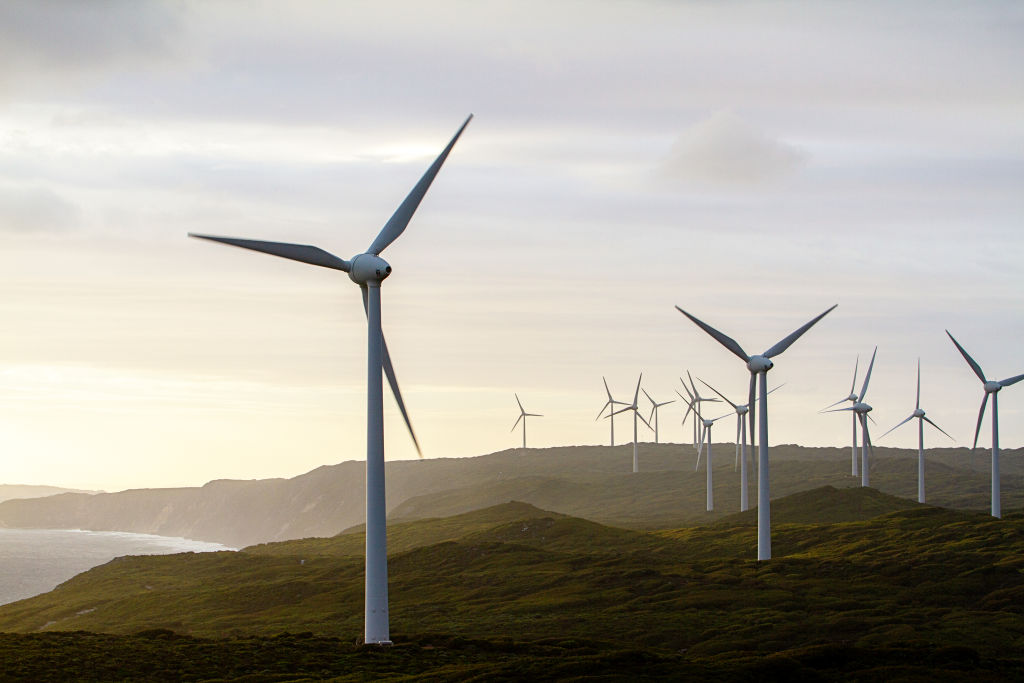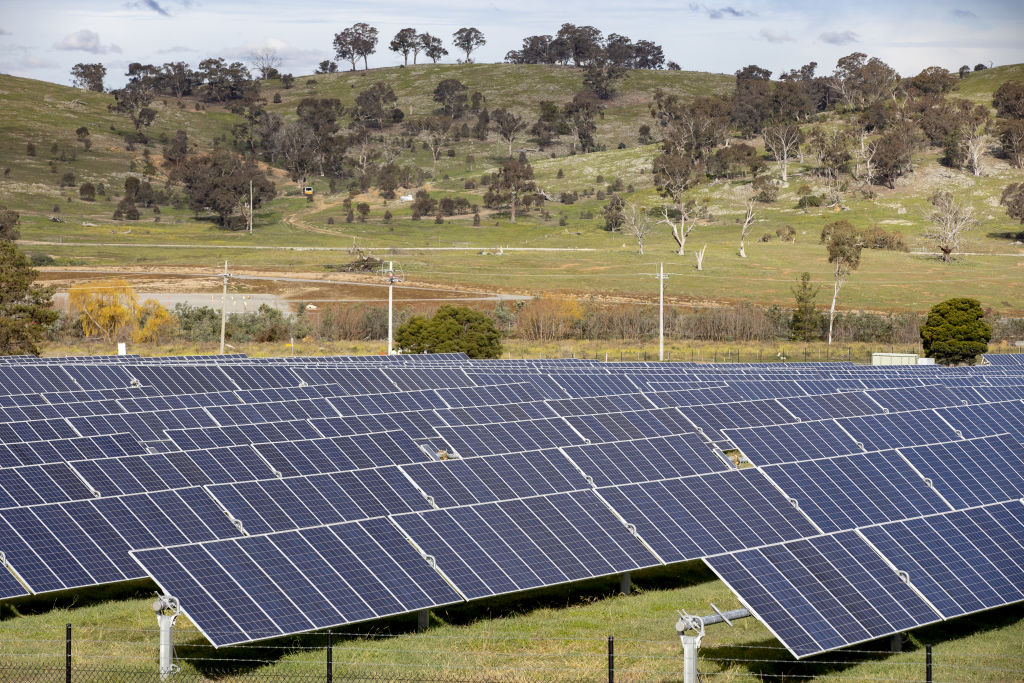Does the rise of renewable energy provide a new opportunity for property investors?

There may be continuing rows over the efficacy of renewable energy versus fossil fuels, but there is one certainty in the commotion: areas with wind farms, solar plants and hydropower stations will rarely be sexy enough to attract property investors.
Traditionally, the discovery of new reserves of gas, the opening of new mines, or the reopening of old ones drives investment into homes and businesses nearby in anticipation of big workforces set to arrive.
But the announcement of new green energy infrastructure?
“That doesn’t tend to do much at all for an area,” says Smarter Property Investing principal Christine Williams.

“If you think about South Gippsland in Victoria, the owners of the land on which the wind farms are placed receive substantial leasing fees, but the townships nearby don’t receive much.
“They might grow a little because of the maintenance people needed to look after the equipment, but once the renewable plants are up, they don’t require much labour at all. It’s like the Sydney Harbour Bridge; it needed a huge labour force to build it, and then you only have maintenance people looking after it.”
The constant spats over renewables on the macro stage do, however, focus attention on the sector and then towards the other kinds of micro-investments possible.
As a result, those who believe the future is green are moving to invest in individual energy-efficient buildings instead.
Green Building Council of Australia CEO Davina Rooney says investment in such buildings is now becoming a marked trend.
“We are seeing a huge difference in investment drivers as property leans into net-zero buildings, which means that there is a lot smaller market for gas as these are highly efficient buildings powered by renewables,” she says.

“One building only makes a small difference, but when property moves at scale, it changes the market as buildings comprise over 50 per cent of electricity usage in Australia.”
In parallel, many investors in the residential market favour more energy-efficient houses, knowing that tenants are now seeing clear benefits in terms of lower power bills, often better-designed, more comfortable homes and being more environmentally responsible.
“The financial benefits are more tangible now,” says Michael Di Russo, director and joint head of property at the Clean Energy Finance Corporation.
“Investors understand that and, if customer demand is there, then they will follow.
“In addition, we’re seeing some of the banks now creating new lending frameworks around green mortgages, offering discounts on the variable rate if houses are built to a certain standard for both new homes and work done on existing homes to make them more efficient.”
Alternatively, other investors are looking more to ethical, green-powered products via managed funds.
“There is a move towards this focus on the renewable energy green space,” says property valuer and investment advisor Anna Porter, the founder of Suburbanite.
“But I do think with renewable energy that perhaps not enough investors are sophisticated enough – yet – to see an opportunity there.”
We recommend
We thought you might like
States
Capital Cities
Capital Cities - Rentals
Popular Areas
Allhomes
More










